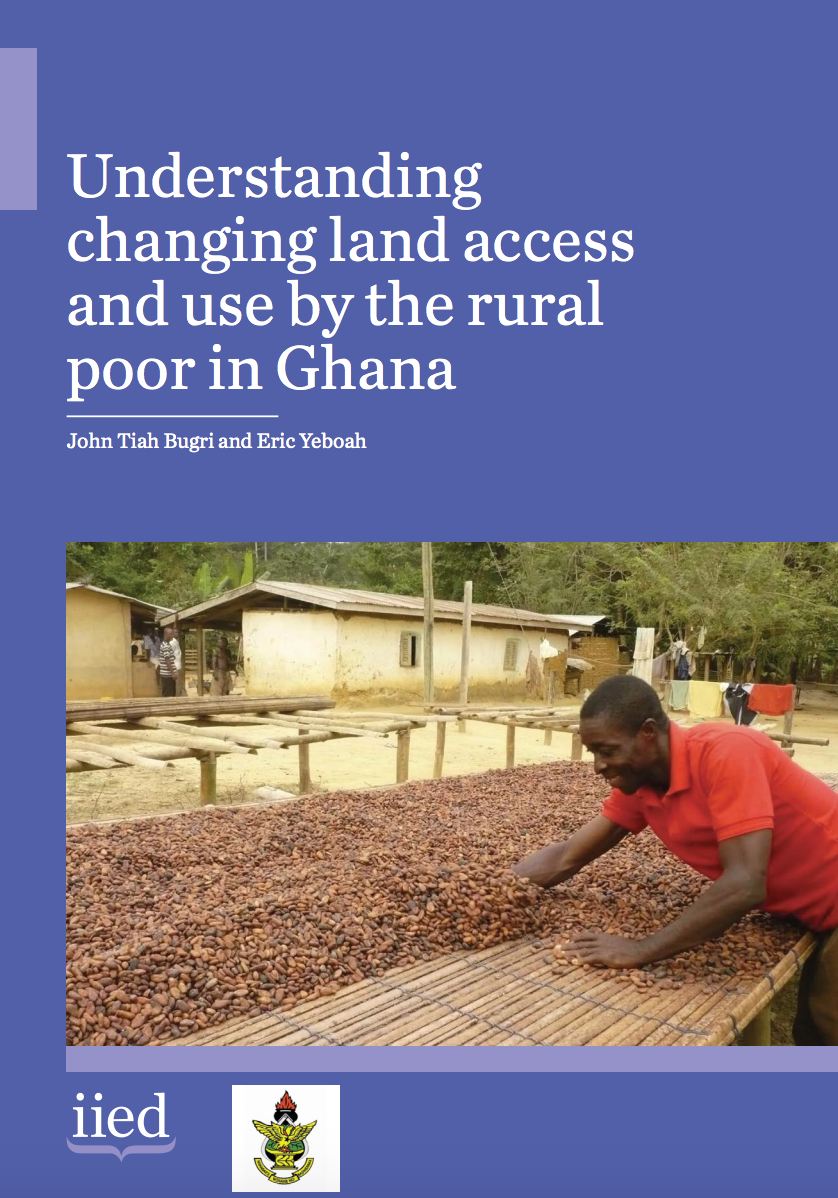Resource information
In Ghana 70 per cent of the population are smallholder farmers who depend on the land for their basic needs. Growing competition for this resource is having significant impacts on rural livelihoods and governance as land changes hands. This study highlights the key drivers of pressure on rural land and their communities, such as population growth, urbanisation and acquisition of land by new actors, including government and business. It draws on case study evidence from two communities: the Ahanta West District near Sekondi-Takoradi in the south, and the Savelugu-Nanton Municipal Authority around Tamale in the north. It shows how, under new circumstances, rural communities are changing how they access and manage land: shifting from customary to more commercial systems; farming smaller plots of land; and renegotiating access to common resources, such as grazing land. This in turn is influencing crop choices and livelihoods. As Ghana is currently in the process of consolidating a number of land related laws into a single Lands Act, there is an opportunity for the government to address some of the challenges and recommendations highlighted in this research.


